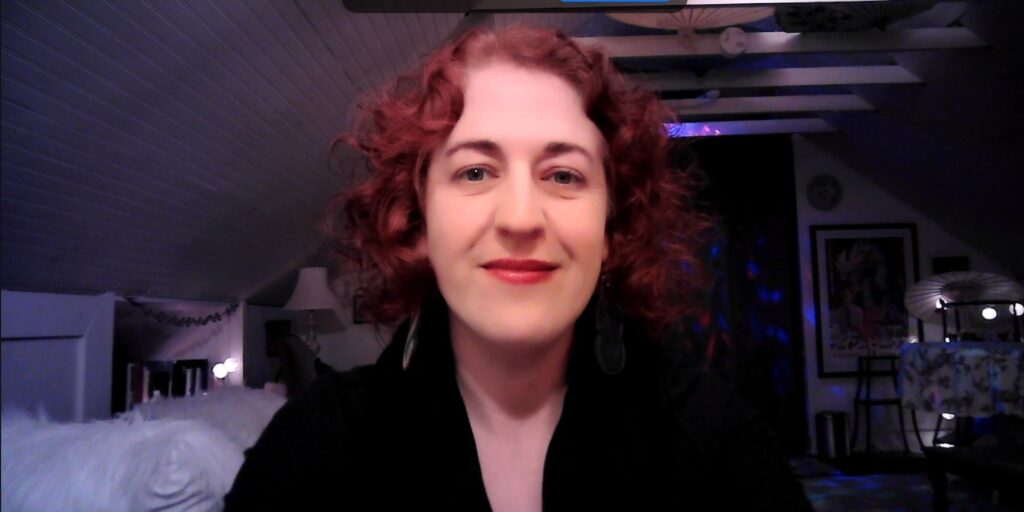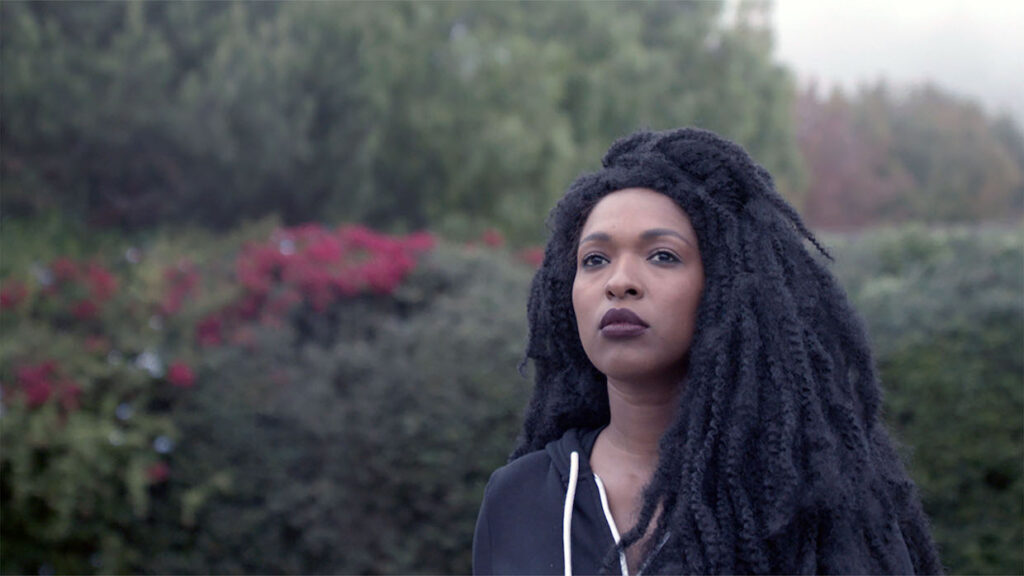Bright Lights Working Toward Greater Accessibility
Anna Feder sees filmmakers and distributers making a greater effort towards accessibility, but as curator of the Bright Lights Cinema Series and head of the College’s Film Exhibition and Festival Programs, she is in a position to make an impact at Emerson and beyond.
“I’m really trying to set an example in terms of holding the line on accessibility,” said Feder.

This semester, five of 12 films being screened by the Bright Lights Cinema Series have available descriptive audio. Feder said she only programs films that, at least, have captions available.
“I would love to have all the films with descriptive audio. It’s up to the filmmakers and distributers,” said Feder. “[Nearly having] half the program this fall offering descriptive audio is really encouraging.”
All screenings this semester will be presented with either open or closed captions, and all film conversations and trailers are being live captioned. Open captions are on the screen for everyone to see, and closed captioning is on the screen and can be turned off.
“So many people use captions. More than just folks who require captions,” said Feder. “The first audience is people who are deaf and hard of hearing. Also, people with audio processing issues, or when the language in the film isn’t the viewer’s first language. And people who have gotten used to captions because so much media has captions available today.”
When the pandemic forced the series to go virtual in 2020, Feder said it was easier to add live captions because the screenings were on Zoom. The virtual platform allowed captions to be turned on and off. Feder said providing greater accessibility in physical spaces is more expensive, but that ArtsEmerson has done a very good job of increasing accessibility.
“The most important thing is Emerson really prides itself on [diversity, equity, and inclusion] work that we’re doing, and disability accessibility and inclusion is part of that,” said Feder. “I’ve seen so much work happening on that front at Emerson.”
In the classroom, Assistant Professor Malic Amalya teaches VM331: Accessible Cinema, which teaches students to produce and edit captions and audio descriptions for non-auditory, blind, and low-vision audiences.
“By the end of the semester, students understand the importance of creating accessible films and videos, know and practice the professional standards of captioning and audio description, and push the creative potential of captioning and audio description,” said Amalya of the course.
Other departments and organizations are also looking to provide greater accessibility throughout the College.
Emerson has a Digital Accessibility policy that guides the College’s efforts to make its online resources accessible. The student organization Emerson Access: the Student Disability Union continues to strive for accessibility beyond the classroom. The Social Justice Collaborative just hired an Accessible Design Specialist to focus on a college-wide view of accessibility and removing barriers in all areas of access, and in all areas of the institution, said Diane Paxton, director of Student Accessibility Services Department (SAS).
SAS recently hired Jordan Lome as assistant director of accessible engagement. The position is student-facing and working with organizations, student awareness and advocacy in academic areas, individuals, events, and more.
The Accessibility Advisory Board (AAB) meets monthly, said Paxton.
“
“One of the ongoing discussions at the AAB is about the need to support accessibility for college-wide events with support, knowledge and resources for event planners, including information about responding to participants’ needs and hiring [American Sign Language] and CART providers,” said Paxton.
CART (Communication Access Realtime Translation) providers listen to speech, either onsite or remotely, and provide a high rate of translation to text accuracy for the viewer.
Feder said like many of the organizations and departments, she’s looking past meeting accessibility requirements as required by the Americans with Disabilities Act (ADA).
“My goal is to make the Bright Lights Series as accessible as possible, in every possible way I can,” said Feder. “You can never say you’re fully accessible. You’re working towards greater accessibility. Every semester there’s a way the series becomes more accessible. If someone comes to me with a concern, I work to address it.”

Feder said access to a CART provider is available. CART is available on the screen as open captions on Zoom, and can be accessed on an additional device through a stream text link that was created with a QR code to direct patrons from the website, pre-screening slideshow and a sign displayed in the lobby.
Clearer communication is also being provided on how to access special glasses onsite that when the captions are closed, they make the captions visible.
This semester an ASL interpreter will be participating in a post-screening conversation of The Tuba Thieves on October 26, which is being co-presented by Access: Student Disability Union.
The efforts towards greater accessibility are appreciated, said community member Tori Clay, who regularly attends Bright Lights screenings.
“I’m a double hearing aid wearer. I struggle to the point where I just basically don’t go to theaters or films anymore because I don’t get the value out of the ticket,” said Clay, who also uses the Live Transcribe app. “When I attend screenings at the Bright, they’re always captioned. I enjoy them tremendously.”
Categories